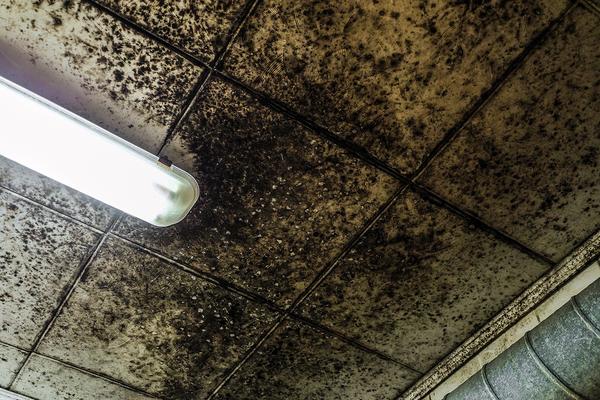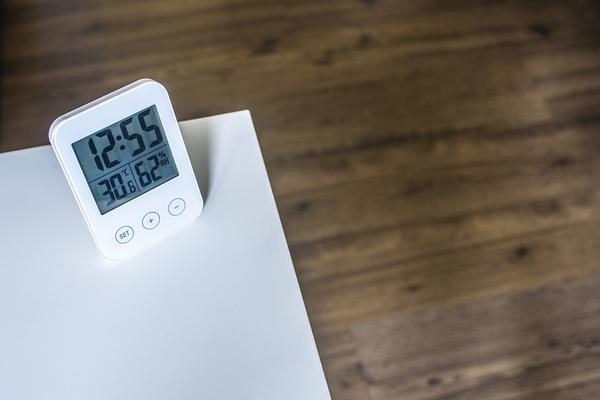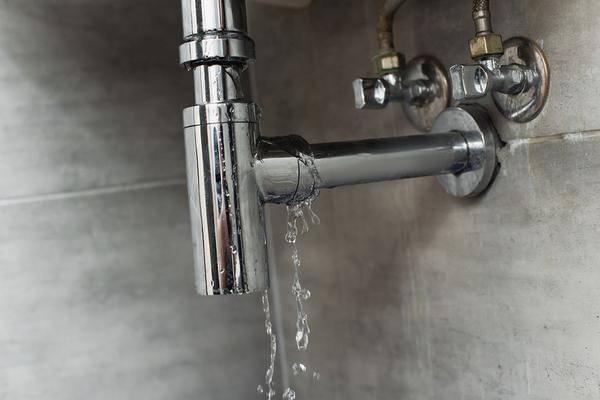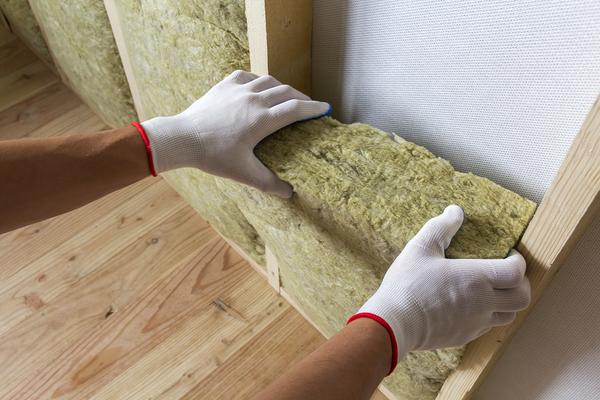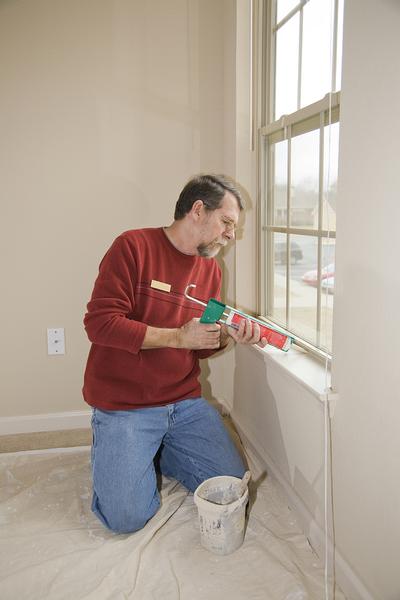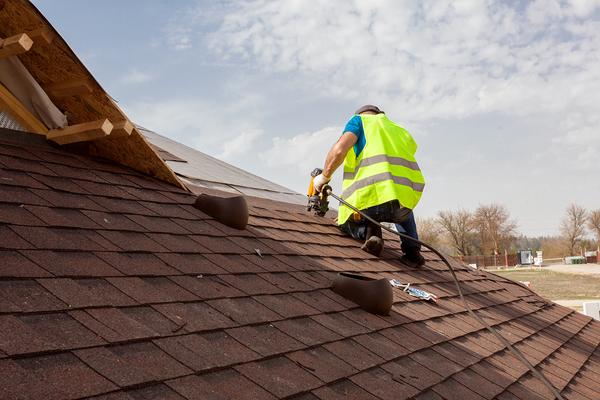Mold in your home is not only unsightly, but if it is left untreated, it can threaten the structural integrity of your home and can also cause health problems. If you have mold growing in your home, you may experience allergy-like symptoms, asthma attacks, or other negative health effects.
Molds are fungi that reproduce by releasing spores into the air. Given the right conditions, the spores settle onto surfaces and begin to grow (Figure 1). They are a natural part of the environment that cannot be eliminated. Mold spores, however, can be prevented by controlling the conditions which allow them to grow.
Is Your Home Mold Friendly?
Many of us may be unawre that our homes may be inviting mold. In order to grow, mold requires:
- Food source (organic matter)
- Moisture
- Appropriate temperature
- Oxygen
There are many materials in your homes that provide food for mold, including wood, textiles, paper, leather, or surfaces covered with organic matter such as dirt. The moisture in your home may be from a leak, flood water, or high humidity. While you may not be able to control all of the food sources for mold, you can control moisture.
How Can You Control Moisture in Your Home?
It is important to maintain a moisture balance within your home. If your home is too dry, you may experience increased static electricity, dry skin, and nasal passages. If your home is too moist, mold growth may occur. Below are some tips to help maintain a moisture balance within your home. The EPA suggests keeping indoor humidity below 60% relative humidity, ideally between 30 and 50 percent. You can measure the relative humidity using an inexpensive moisture or humidity meter (Figure 2) usually available where hardware is sold.
Decrease Sources of Moisture
Finding and fixing the causes of excess moisture in your home is one of the bes ways to prevent mold growth. Some common sources of excess moisture include:
- Leaky pipes and faucets (Figure 3).
- Not having and/or not using exhaust fans when bathing and cooking.
- Poorly maintained, installed, or sized air conditioning systems.
- Clogged gutters and building leaks, such as roofs and windows.
- Poor water drainage around the foundation of the home.
Check the Temperature
Temperature can impact the amount of moisture in the air. Condensation forms when a cold items comes into contact with harm, humid air. By increasing the temperature of cold items or surfaces, you can decrease the likelihood of condensation forming. Some ways to increase surface temperatures include:
- Adding insulation to surfaces with cool temperatures (Figure 4).
- Increasing the flow of heated air throughout the home.
Prevent the Flow of Moisture
The movement of moisture in and out of your home may be contributing to increased moisture levels in your home. You can decrease the flow of moisture in and out of your home by:
- Sealing air leaks around windows, doors, air register grilles, plumbing fixtures, and electrical outlets (Figure 5).
- Sealing HVAC system air duct and return plenum leaks.
- Installing vapor barriers in the crawl space.
- Getting a home inspection to find and correct moisture problems.
Increase Air Circulation and Proper Ventilation
Air circulation and ventilation affect the amount of moisture in your home. Things you do to increase circulation and appropriate ventilation include:
- Installing heating and cooling system vents and ceiling fans to improve circulation.
- Using exhaust fans to remove excess moisture at the source and deposit it outdoors, such as the kitchen range hood, bathroom (Figure 6), and clothes dryer exhausts.
- Avoiding closing interior doors, unless there are return air grilles to allow airflow between spaces.
- Leave supply vents open and free from obstruction.
- Putting vents in the attic. Vents should be located at the part of the roof that overhangs the walls (soffit) to allow in cooler air and also in the peak of the roof (ridge) to release warm air. Do not use powered attic vents since they may cause enough suction to pull conditioned air from the living space into the attic.
- If your crawlspace is vented, the vents should be located near each corner, within the top 8 inches of the foundation (in a flood zone, vents are needed within a foot of the ground).
Control Household Humidity
Household activities can raise the humidity level in your home. These activities include bathing, cleaning, cooking, washing dishes, and washing and drying clothes.
Reduce indoor humidity by:
- Decreasing bathing time or reducing water temperature to minimize steam.
- Turning on exhaust fans when cooking or bathing.
- Washing only full laundry and dishwasher loads (Figure 7).
- Venting appliances to the outdoors (such as your dryer and range hood).
- Opening windows for increased air circulation (only when the relative humidity level outdoors is low -- below 50%).
- Using a dehumidifier (make certain that you clean and/or empty regularly).
- Using a well maintained, right-sized air conditioner on the "auto" fan setting (using the constant fan setting returns moisture to the home).
Improve Roof, Foundation, Siding, and Window Flashing Systems
There are many ways to protect from moisture instrusion from roofing, foundation, siding, and windows, including:
- When reroofing, upgrade to stronger synthetic underlayment and wind-rated shingles.
- Install a weather barrier material and drainage gap behind siding.
- Ensure proper installation of flashing around windows andother wall penetrations especially at bottom corners. Use a "shingle fashing" layering system.
Manage External Water
Proper drainage around the house is an important part of preventing moisture problems inside. Ideally, homes should be build on the top of a hill so that water drains away from the foundation. Unfortunately, many homes are either built into the side of a slope or on a flat site. These designs can lead to dranage problems. Over time you may have soil erosion and landscaping changes that shift drainage towards the foundation. To prevent problems:
- Create a 5% grade that slopes away from your home on all sides. It should go out a minimum of 10 feet.
- Clean the gutters and downspouts regularly so they direct the water away from the foundation (Figure 9).
Prevention is Easier Than Removing
Preventing mold in your home is much easier and more cost efficient than removing it. By preventing moisture problems that can cause mold to grow, you are protecting your investment and protecting yourself and your family from potentially negative health effects.
Publication date: April 22, 2022
Reviewed/Revised: April 22, 2022
N.C. Cooperative Extension prohibits discrimination and harassment regardless of age, color, disability, family and marital status, gender identity, national origin, political beliefs, race, religion, sex (including pregnancy), sexual orientation and veteran status.

